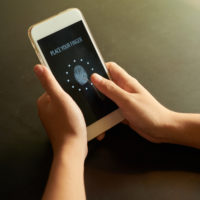ICE, or In Case of Emergency, is a specially designated contact that is intended to provide medical personnel with pertinent information such as contacts, allergies, blood type, or special directives that you might not otherwise be able to communicate at the time. Given that most of us have our Androids close at hand, it makes an ideal place to store the information.
There are a couple ways to go about setting up your ICE. The first option is to simply download an app. There are a handful of apps in the Market for ICE contacts, ranging from free to a few dollars. ICE apps will typically allow you to store a detailed medical history as well as initiate calls to your emergency contacts from within the app. Another added feature of most apps is the ability to view the ICE information even if the phone is password-protected.
The other option is to create an ICE entry within your contacts. Using the phone numbers and notes fields, you can easily save whatever information you need. With this method however, there is the obvious downside that information cannot be viewed by others if your phone is locked, so this is for open phones only. Since I’m a pretty healthy person, itching aside, there isn’t a lot I need to say and feel this method works best for me right now. Still, I know it’s good to protect my phone, and use a security app that allows me to remotely lock and locate my Android if it’s lost or stolen.
We all hope that nothing really bad happens to us, but as the saying goes, it’s better to be safe than sorry. Of course with either method you choose, you’re going to want to put a shortcut on your home screen so people know the information is there. It could save your life.










